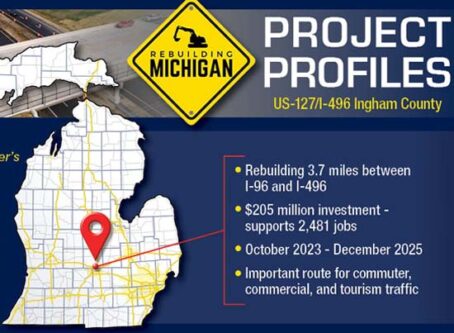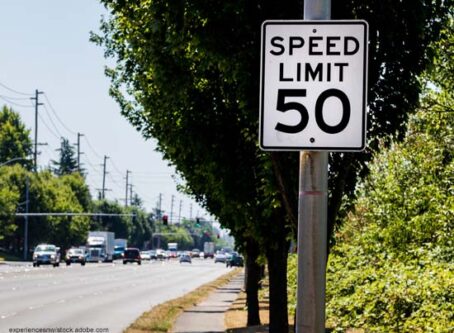Food Drop program puts truckers with rejected loads in contact with Indiana food banks
Truck drivers likely know this story all too well. A grocery store chain rejected 25 cases of green peppers, citing poor quality.
“The food was perfectly good, but it didn’t meet their standard, or they ordered too many and just didn’t want to take any more,” said Bryan Spoon, an OOIDA board member and safety equipment director for CMA Logistics, Indianapolis.
The story usually ends with the truck driver spending all day trying to get someone to take the food or, regrettably, the food ending up in the trash.
However, thanks to a program developed by the Indy Hunger Network, the food got in the hands of people who needed it.
Spoon learned about the Indy Hunger Network’s Food Drop program though the Indiana Motor Truck Association.
“I came across the website fooddropIN.org,” Spoon said. “It listed a bunch of different food banks, and they were able to come and pick the food up and get it to people who needed it.”
Food Drop was created as a way to benefit truck drivers and food banks with rejected loads of edible food.
The program started in the Indianapolis area in 2017.
Kate Howe, managing director of the Indy Hunger Network, said the program has been extremely successful.
“It’s brought in a significant amount of donations,” Howe said. “In the first six months of the program, we were able to document about 90,000 pounds of food donated through the Food Drop program.”
The success led the program to expand and is now working with nine food banks across Indiana. There are four in Indianapolis, as well as locations in Muncie, Lafayette, Evansville, Bloomington, and Fort Wayne.
Agencies will accept dry, frozen and refrigerated foods that are still edible.
“We encourage drivers with a rejected load to go to the website,” Howe said. “Find out where the donation facilities are, how much capacity they have, and if they have an after-hours number.
“We think this is a win-win for these organizations and for the truck drivers. We want to show that this is successful in our state before we expand, but we’d love to see other states pick up this model.”









